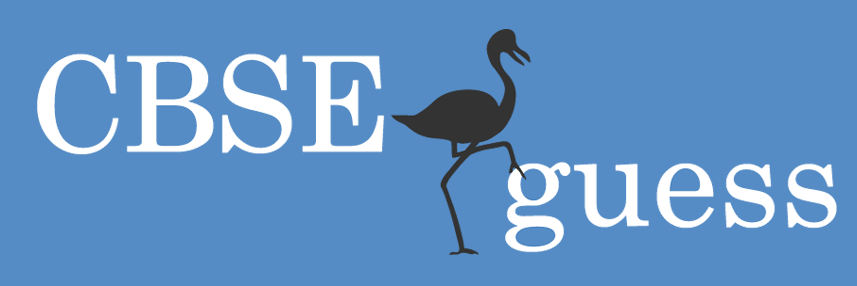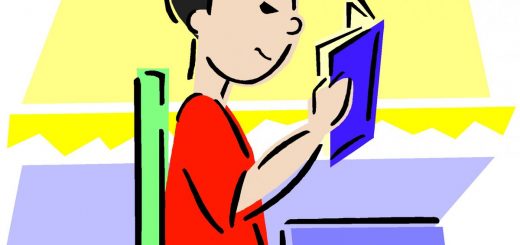Reading Comprehension Issues: Do the Eyes Have It?
 It is no wonder that many beginning readers struggle. Reading Comprehension is a more complicated process than many of us realize. To truly understand a two line text, it is necessary to follow about ten* (yes, ten!) different steps.
It is no wonder that many beginning readers struggle. Reading Comprehension is a more complicated process than many of us realize. To truly understand a two line text, it is necessary to follow about ten* (yes, ten!) different steps.
Since reading is such a basic life skill, teachers and parents spend lots of time and energy to help kids be successful and enjoy reading. When issues arise, many remedial classes focus on phonics skills, decoding, slowing down, and getting your mouth ready to say the word. For some kids that does the trick, but for others it doesn’t solve the problem at all. The root of the problem might be vision.
Even though a child tests 20/20 at the eye doctor, vision could still be at the heart of a child’s comprehension issues. When we cover one eye to read the letters off the chart, the doctor is measuring each of our eye’s individual ability to see (eye sight). Vision, on the other hand, is both of our eyes’ ability to work together as a team. It is a skill that is developed and when it is weak, it can lead to problems like: reversing letters, confusing words that are similar, and difficulty copying information off the board.
As we read, our eyes make a series of quick stops across the line of text to help us take in the information. Our eyes do this without us consciously knowing it. For adults the number of pauses per line is between eight and ten. For a beginning reader the number of pauses jumps to between 20 and 30.
Sometimes during these pauses the eyes make a quick jump backwards and then forward again. This movement is called a regression and when it occurs in over 15% of the quick stops, it affects comprehension. As we read, the information is being stored sequentially in our short term memory. When eyes jolt backwards and then forward again, the information is coming into the brain out of sequence and so it takes more time to identify the data, analyze where it belongs in the string of information and then comprehend the whole meaning of the word or phrase.
There are many different indicators that a child’s vision might be the culprit for poor reading comprehension. Leaving out letters or adding letters on to words, having trouble writing in a straight line, and misreading small words like “in” or “to” are just a few. As with any student struggling in school, it is important to first identify the root of the problem. This will help you know which road to take to help your child be more successful. If reading comprehension is a struggle for your child and tutoring doesn´t seem to help, weak vision might be the answer.
*10 Steps Involved in Reading a Two Line Passage
1. Coordinate the eyes.
2. Move them from left to right across the page.
3. Pause a few times every second to comprehend parts of the words.
4. Match the information to what is already known.
5. Translate the letters into sounds
6. Hear the sound
7. Put those sounds together to make a word.
8. Recognize the word
9. Make a mental picture to understand its meaning.
10. Bring the eyes back to the left and down to begin the next
line of text.
About The Author
Sherrie Hardy, M.A., MIMC, author of Beyond Labels-Helping Your Child Succeed In School, founder of Hardy Brain Training, Hardy Learning Center and Hardy Academy programs that create success for struggling students and adults, creator of Rising Star Home Training System improving attention, learning and behavior and Successful Student Now on-line teleseries that teaches parents how to discover and correct the problems that inhibit their children’s success. Http://successfulstudentnow.com


